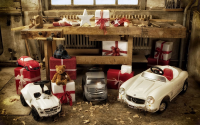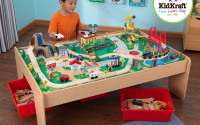F1 Modelling: The Ideal Modelling Kits for F1 Fans
For modeller builders who love Formula 1, names like Ferrari, Brabham, and Williams are as legendary as the meticulous detail that Tamiya and Fujimi put in their model kits. And when it’s time to recreate these timeless racing marques in scale, they’re the model manufacturers with the skill to recreate them with the reverence that they deserve.
Make no mistake: high-quality scale models aren’t plastic toys, and the difference between them is as wide as it would be between a McLaren and a Mack truck. Highly detailed, well-designed kits showcase the extraordinary engineering that goes into Formula 1 cars, and it’s no surprise that builders are sometimes commissioned to build these kits for private collections.
The best builds begin with top-quality kits, though. That’s why if you’re considering building one, the latest offerings from Tamiya and Fujimi are the best replicas to date of the most revered brands to ever race in F1.
Look to Tamiya and Fujimi for All Your Classic F1 Model Kits
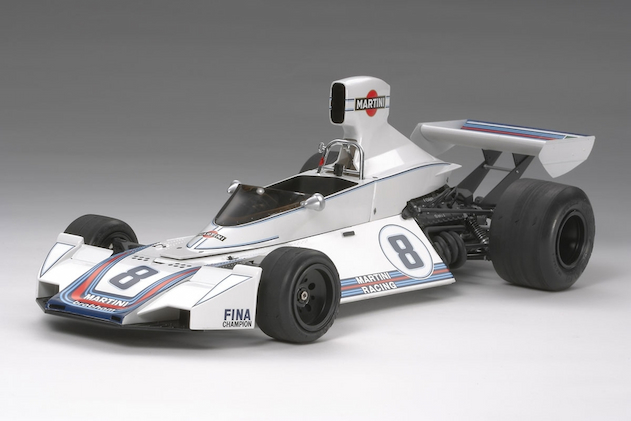
source: tamiyausa.com
Let’s be honest: there isn’t a scale modeller from Maranello to Melbourne who hasn’t thought about building their own collection of classic F1 model cars to put on display. Until now, you may not have seen the cars or race liveries you wanted, but Tamiya and Fujimi are continuing to expand their selections to include more of F1’s most incredible cars as they appeared during their most unforgettable races.
From Tyrrell’s iconic P34 6-wheeler in its rich 1976 Elf race colours, to Brabham’s elegant BT44 that slugged it out toe to toe against factory racecars in 1975, Tamiya and Fujimi have an impressive number of newly released 1/12 and 1/20 scale F1 model kits to choose from. And with many of these kits being stamped with all-new tooling, and featuring updated decal sheets and photo-etched parts, all you need are the time and the tools to assemble a show-quality model that’s more prototypically accurate than ever.
Superior Tooling Helps to Create Superior Models
At some point, every scale modeller finds themselves contending with a poorly stamped kit. Sloppy parts alignment, lost surface details, and parts warpage are just a few of the signs of worn-out injection tooling, and on large-scale Formula 1 models, these are imperfections that stand out like sore thumbs.
New, updated injection tools are costly investments, and some model manufacturers attempt to make their moulds last for decades with only minor modifications. Tamiya and Fujimi, however, are known for their high-quality tooling, and their large-scale F1 model car kits reflect their commitment to tooling that ensures:
- Zero tolerance for parts flash and defects;
- Parts that fit together impeccably; and,
- Uncompromisingly high levels of detail.
And more than any other duo of manufacturers of Formula 1 plastic models, Tamiya and Fujimi are also recognized for their dedication to producing the most technically accurate kits possible. From the exact number of rivets on each panel, to the pinpoint placement of individual louvre hinges, their dedication to researching precisely how a car would have been equipped and configured for any particular race is nothing short of incredible.
The prototypical quality of a good kit doesn’t just end with plastic, though. The branding and logos that adorned these cars are now just as legendary as the cars themselves. Tamiya and Fujimi understand how strong their visual impact was, and they know that the decals on their F1 scale models have to convey that impact too.
Getting the Most Accurate Decaling Available for Your Models
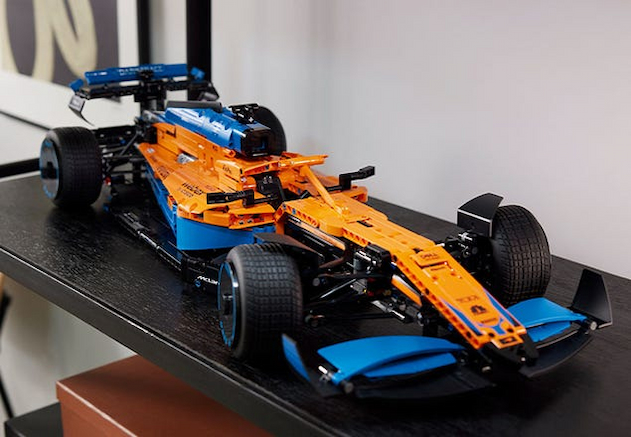
source: lego.com
Regardless of the scale, serious F1 car model kit builders love accurate decals. That’s because they’re more than just colourful collections of corporate adornments. They’re an inseparable part of the character of Formula 1, and they not only highlight the extent of sponsorships that have contributed to the sport, but they can also vary greatly even between team drivers during different races.
Each F1 model kit comes with its own unique set of waterslide decals, and modellers expect those decals to be correct, precise, and sized to scale with the livery that they’re representing. That’s why Tamiya and Fujimi are so adamant about the quality and accuracy of the decals they supply with all of their Formula 1 model kits.
They research the precise artwork, design, and placement of every sticker that would have been present on the prototypes. It ensures that anyone who buys one of their F1 model cars for sale gets the full benefit of new decal sheets that are:
- 100% prototype, driver, and race accurate;
- Free from printing distortion or colour shifting; and,
- Free from any cracks or carrier film separation.
Whether they’re mounted on the car body and wings, or for cockpit instrument overlays, the decals that go with the new era of classic Formula 1 scale models are the best yet.
Photo-Etched Parts Bring Kits to Life
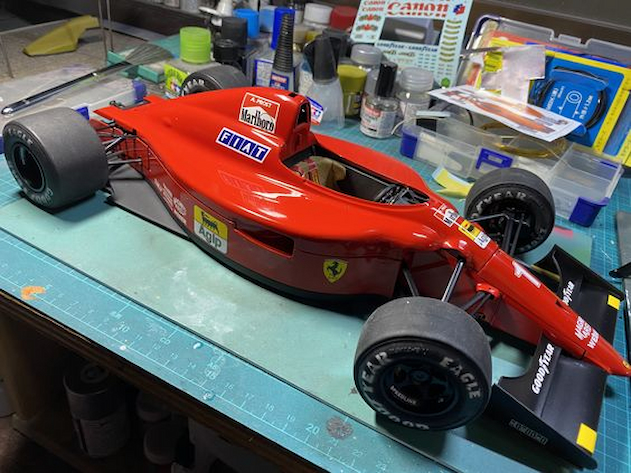
source: pinterest
Authenticity is the name of the game in scale model building, and nothing brings that out more in F1 car models than photo-etched metal parts. Photo-etched parts made from paper-thin sheets of brass and nickel are used to add even greater depth to the smallest details, and they’ve become so integral to the scale-sized accuracy of F1 models that Tamiya and Fujimi even include them with their kits.
Photo-etched parts are perfect for replicating bolt-on engine and chassis components on Formula 1 car models, and are ideal for adding realism to accessories like:
- Radiator grills and air inlet covers;
- Diffusers and undertray panelling; and,
- Seatbelts and brake discs.
You won’t find more accurate photo-etched parts for Formula models than the ones Tamiya and Fujimi supply with their kits. They do more than just add detail: they help bring each kit to life.
The Final Word
At the end of the day, scale modeling is more than just a hobby. Every model does a little bit to help preserve the memory of both the cars, as well as the teams that operated them. And fortunately for model builders, the passion that Tamiya and Fujimi have always had for accuracy is as well-know as the cars themselves.
For the most highly detailed classic F1 model cars anywhere, you don’t have to look any further than the 1/12 and 1/20 lineups from Tamiya and Fujimi. They have the selection and historical accuracy that you need to build the best possible model.

